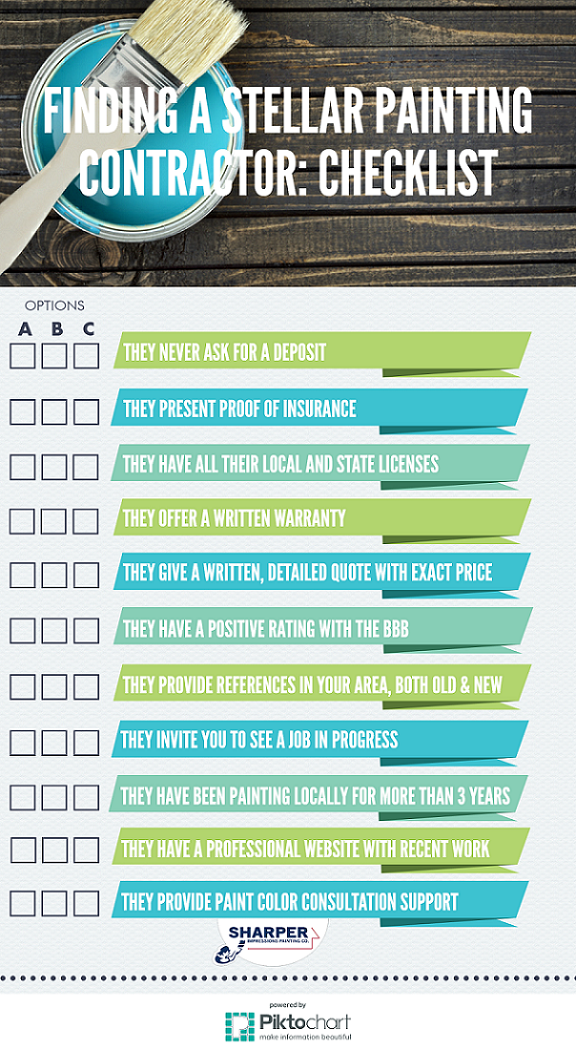Aspects To Consider For Industrial Outside Paint By Season: Important Information You Ought To Have
Aspects To Consider For Industrial Outside Paint By Season: Important Information You Ought To Have
Blog Article
visit the following page By-Leach Decker
When you're intending a commercial exterior paint task, seasonal factors can make or damage your results. You'll intend to think about just how temperature level and humidity effect paint application and drying times. Selecting the ideal season can ensure your paint sticks effectively and lasts much longer. Yet which seasons are absolutely the most effective for this type of job? Allow's check out the crucial elements that can impact your job's success.
The Effect of Temperature Level on Paint Application
When you're planning a business outside painting task, the temperature level can dramatically influence exactly how well the paint sticks and dries out.
Ideally, you wish to repaint when temperatures range in between 50 ° F and 85 ° F. If it's too cool, the paint may not cure appropriately, leading to issues like peeling or cracking.
On the other side, if it's also hot, the paint can dry out also promptly, protecting against appropriate attachment and causing an unequal finish.
You ought to additionally consider the time of day; early morning or late afternoon uses cooler temperature levels, which can be a lot more positive.
Always inspect the producer's referrals for the specific paint you're using, as they usually give advice on the perfect temperature level array for optimal results.
Moisture and Its Impact on Drying Times
Temperature level isn't the only environmental factor that influences your industrial external painting job; moisture plays a significant role too. High humidity degrees can slow down drying times considerably, impacting the total top quality of your paint job.
When the air is saturated with moisture, the paint takes longer to cure, which can bring about concerns like inadequate adhesion and a higher threat of mold development. If you're repainting on a particularly damp day, be gotten ready for prolonged delay times between coats.
It's crucial to monitor neighborhood weather conditions and plan appropriately. Ideally, go for humidity levels between 40% and 70% for optimum drying out.
Maintaining these consider mind guarantees your task stays on track and delivers an enduring surface.
Best Seasons for Commercial Exterior Paint Projects
What's the best time of year for your industrial outside painting tasks?
Springtime and early fall are normally your best bets. Throughout these periods, temperatures are moderate, and humidity degrees are often reduced, producing suitable conditions for paint application and drying.
Prevent summer season's intense heat, which can cause paint to dry also swiftly, leading to inadequate bond and surface. Likewise, winter's chilly temperatures can impede correct drying and treating, running the risk of the long life of your paint work.
Aim for days with temperature levels between 50 ° F and 85 ° F for optimal results. Keep in painter accusations in minnesota to examine the local weather forecast for rain, as wet conditions can spoil your task.
Preparation around these variables guarantees your painting job runs smoothly and lasts much longer.
Verdict
In conclusion, intending your industrial outside painting tasks around seasonal factors to consider can make a considerable difference in the outcome. By organizing work during the optimal temperature levels and humidity degrees, you'll ensure far better bond and drying times. Remember to watch on neighborhood weather prediction and choose the correct time of year-- spring and very early fall are your best bets. Taking these actions will help you attain a durable and specialist coating that lasts.
